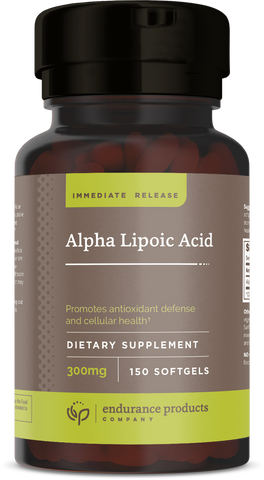Today is the start of National Diabetes Month. If you’ve just been diagnosed, you are now one of over 25 million Americans who have this chronic condition. You may feel confused, overwhelmed, or even downright depressed about all the things you will have to learn and do from now on. But take a deep breath, and don’t despair. You have plenty of tools at your fingertips to take charge of your health, starting with five simple things you can do right now:
1. Make one diet change per week
Thinking about bold, sweeping nutrition changes can be completely overwhelming. Not necessary! Instead of revamping your entire diet in a day, think about one change you can make this week.
We’re partial to the Mediterranean Diet and its delicious secret weapon for blood sugar balance found in Good Food, Good Medicine. Make protein, healthy fat and whole food fiber part of every meal and snack. Why? Protein and fat slow down the metabolism of starch, helping to control blood sugar. For the first week for example, if you usually have a sugary cereal for breakfast, swap it for a scrambled egg omelet with avocado, tomatoes and onions or Greek yogurt with walnuts and berries. In week two, work on switching out processed grains like white flour, white rice and white pasta for whole grain varieties. After that, try adding one more vegetable serving to your day. Within a few months your entire diet will be changed, and it will all be totally doable.
2. Go for a daily walk
Data shows that physical activity can help control diabetes by helping your body use insulin more efficiently. Walking is a great choice. Get the thumbs up from your doctor and start with a 10-minute walk after lunch or dinner. Add in some extra steps during the day by using the stairs instead of the elevator or getting up to talk to a co-worker instead of emailing across the office. After you’re comfortable, add another 5- or 10-minutes to your daily walk each week until you’re up to at least 2 hours and 30 minutes a week (that’s 30 minutes, five days a week) of brisk walking.
3. Get a handle on your numbers
Blood sugar numbers are important. You’ll need to get an A1C blood test, which measures your average blood glucose over a period of up to three months by looking at how much of your hemoglobin (a red blood cell protein) is coated with sugar. Your doctor may also want you to start checking your blood glucose at home. If so, you’ll need to get a blood glucose monitor, available in drug stores. But those numbers are not the only ones you need to be concerned with. Diabetes doubles your risk of heart disease or stroke, so you’ll want to monitor your blood pressure and cholesterol numbers as well. Speak to your doctor about how often to do this.
4. Keep an eye on your feet
Diabetes can lower the amount of blood circulating to the feet, leading to nerve and blood vessel damage and loss of sensation. If you develop a sore or blister you may not notice it, and it can lead to an injury you won’t feel. Proper foot care is critical with diabetes. Wash your feet daily with lukewarm water and mild soap, gently dry them, paying attention to between the toes, and use lotion or petroleum jelly on dry skin. If you see anything that looks off, if you lose sensation or develop an ingrown toenail, speak to your doctor immediately.
5. Boost your antioxidant defense
Consider adding Alpha Lipoic Acid to your daily routine. Why? People with diabetes have higher oxidative stress, which means they have more free radicals circulating through the body, causing damage to the tissues along the way. Antioxidants can help prevent this damage by neutralizing free radicals and reducing oxidative stress.
Enter Alpha Lipoic Acid (ALA), the body’s universal antioxidant. ALA acts in both water-soluble (think blood) and fat-soluble areas (think cell membranes) of the body. It helps regenerate vitamins C and E and other antioxidants so they can quench more harmful free radicals. Finally, ALA helps detoxify heavy metals and their ability to cause oxidative damage that can harm cells. The antioxidant versatility of ALA makes it ideally suited to target the special nutritional needs for people with diabetes.*
See? That wasn’t so bad, right?
About Endurance Products Company
Endurance Products Company has been a trusted source of quality dietary supplements since 1978. Our sustained-release and extended-release tablets feature a unique vegetable wax matrix that releases nutrients in a slow, steady manner over a period of hours for optimal nutrient absorption and retention.
* These statements have not been evaluated by the Food and Drug Administration. This product is not intended to diagnose, treat, cure or prevent any disease.


